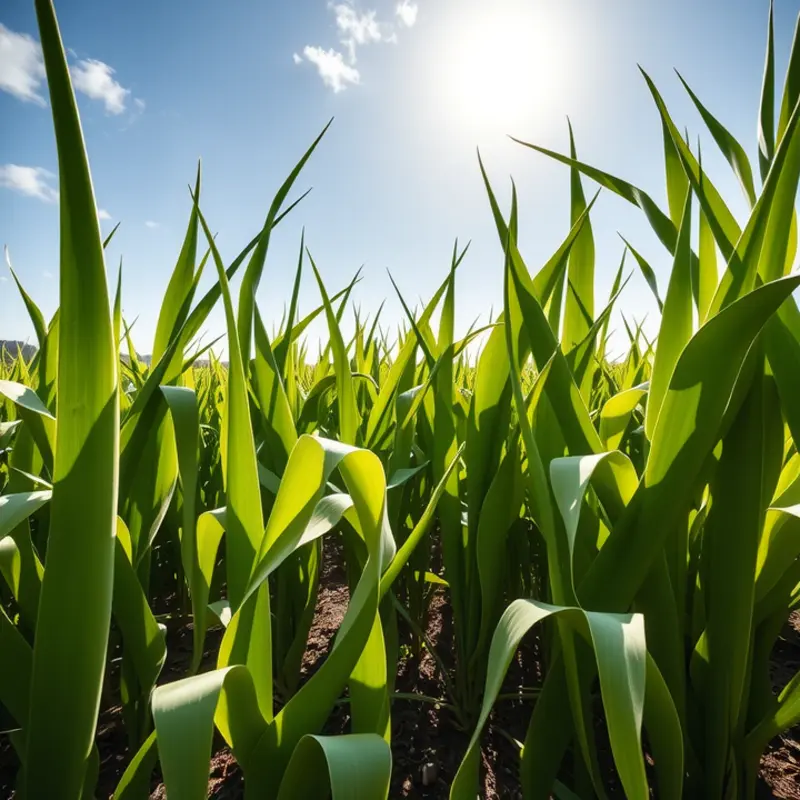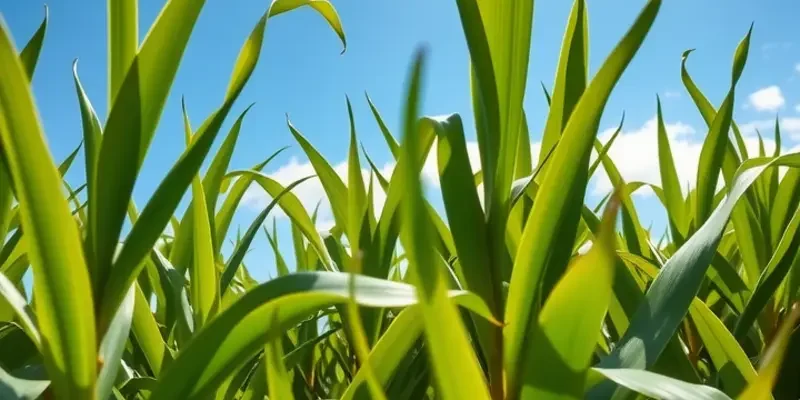Sugar has woven itself into the fabric of culinary traditions worldwide. From its origins in ancient practices to its modern-day varieties, sugar’s history is rich and captivating. This exploration reveals how diverse cultures have embraced this beloved ingredient, opening the door to an understanding of its impact across cuisines and communities.
From Plant to Palate: The Origins of Sugar

The story of sugar begins over 2,500 years ago in the lush fields of India. Here, sugarcane, a tall tropical plant, was cultivated and harvested. The process was a laborious one, involving cutting, crushing, and heating the cane. This was the beginning of sugar extraction, a method still recognizable today.
Early Indians discovered that the juice of sugarcane could be transformed into crystals. Known as “khanda” in Sanskrit, this crystallization process notably gave rise to the word “candy.” The art of refining sugar slowly spread from India to Persia and then to the Arab world, where it was further refined. By the 7th century, Arabs had innovated methods that allowed them to produce loaves of sugar, which were then grinded to make a sweet powder.
As sugar traveled, it was adopted into various cultures. The Crusades played a significant role in introducing sugar to Europe. By the 12th century, European palettes began to savor its sweetness, although, initially, it was treated as a luxury akin to spices. It found its place in medieval apothecaries, prized as much for its medicinal properties as for its taste. Sugar was believed to balance bodily humors and preserve foods. This notion lingered in Europe for centuries.
In the Middle Ages, Venice became a significant center for sugar refinement. Over time, technological advancements and global trade routes expanded sugar’s reach. It was during this era that sugar stepped out from medicinal use and began to shape culinary traditions. In England, sugar became a staple in pastries and sweetmeats, while in France, it elevated the creation of intricate desserts.
Elsewhere, sugar became intertwined in daily cuisines. In India, jaggery, an unrefined form of sugar, remained popular in regional dishes. The Middle East and North Africa celebrated it in their rich confections, entwining it with nuts and spices. In Southeast Asia, sugar melded harmoniously with tropical fruits and coconut, enhancing both sweet and savory dishes.
The colonial period dramatically increased sugar’s significance and availability, albeit through exploitative means. Plantations in the Caribbean and Brazil became primary sources. This expansion made sugar more accessible, leading it to become a foundational ingredient in diverse global cuisines.
Today’s culinary landscape owes much to this rich history of sugar. Its journey from plant to palate illustrates not only technological prowess but also the cultural interplay of tastes and traditions. Understanding this evolution provides insight into how integral sugar has become—an element both beloved and controversial in our modern kitchens, where ancient techniques continue to inform contemporary creations.
The Sweet Evolution: Sugar in Global Cuisines

Sugar’s journey through culinary history reflects a saga of transformation and adaptation. Originating as a luxury in ancient India, sugar made its way to Persia, the Arab world, and eventually Europe. By the Middle Ages, it was a status symbol in European courts, prized by nobility and royalty.
In medieval times, sugar held a dual purpose. It enhanced flavors and preserved foods, marking its importance beyond being a mere sweetener. As traders introduced sugar to their homelands, it began to permeate cultural cuisines.
The introduction of sugar to China in the Tang Dynasty altered tea consumption significantly. Sugar sweetened the naturally bitter beverages, a practice that evolved into an integral aspect of Chinese tea culture. Simultaneously, Western Europe experienced a sugar boom in the Renaissance, transforming desserts in Italian and French cuisines. Here, sugar was not merely a sweetener but a building block for artful confectionery and pastries.
French patisserie stands as one of sugar’s most refined applications. Sugar’s properties allowed patissiers to craft delicate pastries, creating an explosion of flavors and textures. The crispness of a mille-feuille, the brilliance of glazes, and silkiness of creams can all be attributed to the versatile nature of sugar.
The colonial era saw sugar’s spread intensify as plantations across the Caribbean and Americas thrived, albeit built on exploitation. This expansion permeated the New World, blending with local ingredients and traditions. For example, in the Americas, sugar combined with cacao and vanilla, forming what is now known as chocolate confections.
Nowadays, sugar continues to evoke creativity in kitchens worldwide. From modern molecular gastronomy innovations to traditional sweets, sugar adapts to culinary trends. Chefs manipulate it for texture, using it in foams, gels, and even savory applications. This adaptability exemplifies sugar’s enduring role in contemporary cuisine.
Sugar’s storied past underlines its capacity to evolve within various cultural milieus. Its use as both a flavor enhancer and symbol of status underscores its historical importance. Today, sugar remains a key ingredient in global cuisines, continuously reshaped by cultural exchanges and culinary ingenuity.
Read more about sugar’s role in evolving culinary tastes and techniques in our global pastry traditions article.
Final words
Sugar’s history is a testament to humanity’s quest for sweetness, making it an integral part of culinary traditions across the globe. From its ancient beginnings to contemporary innovations, sugar has shaped flavors and cultures alike. Understanding this journey enriches our appreciation for the diverse cuisines we enjoy today, reminding us of the intricate relationship between culture, tradition, and food. Every dessert, brew, and dish sweetened with sugar speaks of a shared history—a celebration of the sweetness of life.








